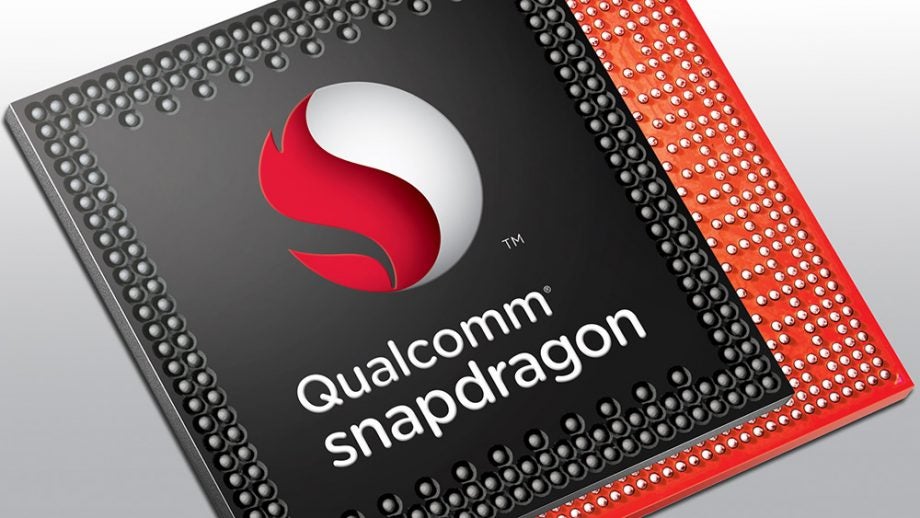Qualcomm unveils Snapdragon 653, 626 and 427 CPUs – what you need to know

Qualcomm Snapdragon 653 vs 626 vs 427: Qualcomm has unveiled a trio of new low to mid-range Snapdragon CPUs, claiming the chips will offer 10% performance boosts across the board. But what’s new and what’s the difference?
Qualcomm senior director, Kedar Kondap, revealed the new Snapdragon 653, 626 and 527 CPUs at an exclusive press event in Hong Kong.
Here’s what you need to know about the trio.
Related: Snapdragon 820 vs 810 vs 808
Snapdragon 653 and 626 explained
The 653 is a “mid-to-high-end” CPU that sits in the same family as the 650 and 652, which are found inside a number of £300-400 handsets, such as the Asus ZenFone 3, Sony Xperia X and Alcatel Idol 4S.
The headline update is the 653’s increased memory capacity and use of Qualcomm’s newer X9 LTE mobile modem. The 653 will be able to carry up to 8GB of RAM, which, according to Kondap, will “provide a better and smoother user experience.” By way of contrast, the older 650 and 652 CPUs could support a maximum of 4GB of RAM.
In theory this is great, but as we’ve noted in the past, memory isn’t the primary issue impeding smartphone performance. For instance, handsets with 6GB of RAM such as the OnePlus 3 don’t offer radically better performance than devices with as little as 4GB – in most cases, they’re still hampered by the same issues.
The move to the new X9 modem is more important and should provide a more noticeable upgrade when it comes to tasks such as uploading pictures. The older 650 and 652 both used Qualcomm’s X8 LTE modem, which offers Cat 7 download speeds of up to 300Mbps and upload speeds of up to 100Mbps.
The newer X9? It boasts the same max 300Mbps download speeds, but offers faster 150Mbps maximum up speeds.
Kondap didn’t disclose any other technical details, but claimed:
“There will be an up to 10% performance increase. The performance comes mainly from the CPU, which has had a frequency speed increase.”
The 626 is a modest upgrade to the 625 used in phones such as the Moto Z Play and Huawei Nova. Technical specifications were again thin on the ground, but the CPU will reportedly offer the same 10% performance increase and deploy the X9 LTE modem.
The only notable upgrade disclosed is that the 626 will include 4K Ultra HD video capture and playback support – a feature that was missing on the 625.
Related: Best Smartphones 2016
Snapdragon 427 explained
Where the new Snapdragon 653 and 626 CPUs are designed for mid-range smartphones, the 427 is a chip destined for affordable handsets.
It’s part of the same product family as the Snapdragon 425, 430 and 435, which is used by a number of Chinese phone makers including Xiaomi. While Qualcomm didn’t go into much detail about the new addition, it said it had designed the 427 to be a power-efficient CPU for use in quad-core 720p devices.
It will feature the newer X9 LTE Modem and offer dual-camera support too, which is a first for a 400-series CPU.
Related: Qualcomm Quick Charge 3.0 explained
Show me the smartphones!
Qualcomm claims it has inked deals with several big-name OEMs to make handsets using the new CPUs, although it declined to divulge exact names. The new handsets are expected to arrive at an unspecified point in the first quarter of 2017 – keep an eye on MWC in Barcelona, as well as other early 2017 events.
That’s all we know right now, but we’ll be updating this page with fresh details about the new chips as they become available, so make sure to bookmark and check back regularly.
Watch: What’s the best smartphone right now?
Are you excited about Qualcomm’s trio of new Snapdragon CPUs? Let us know your thoughts in the comments below.


